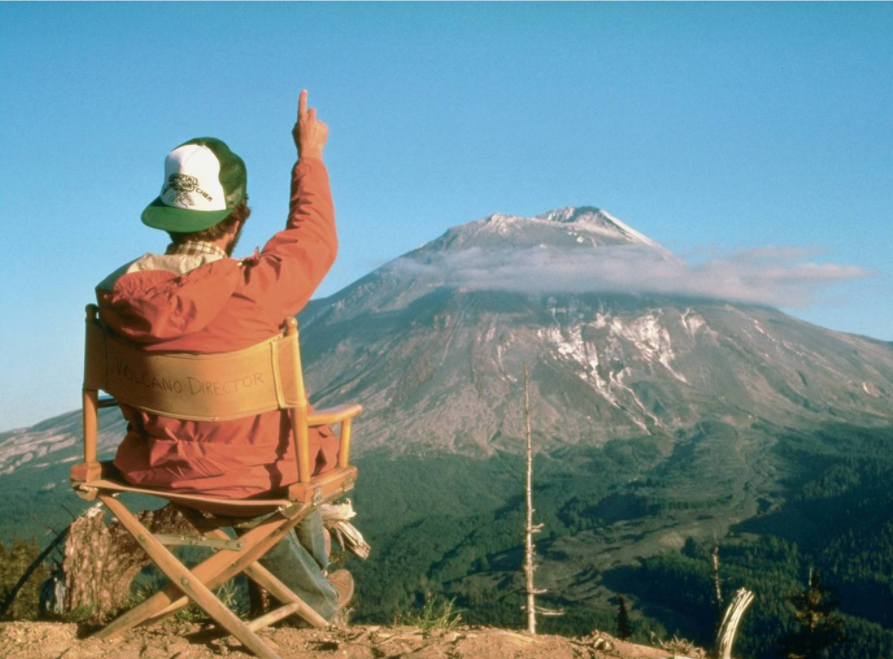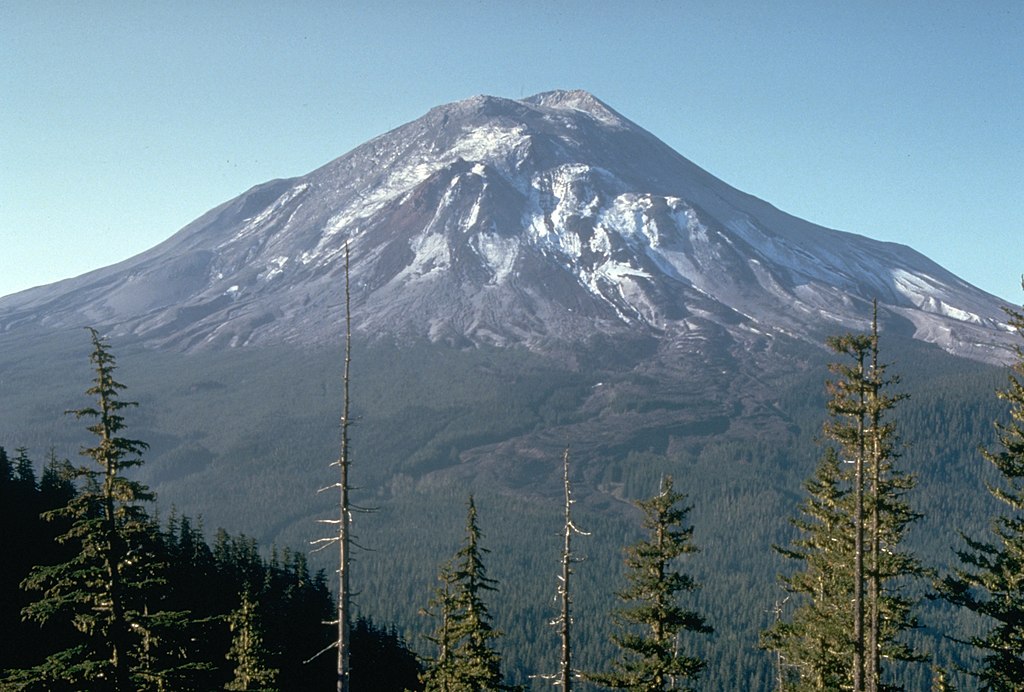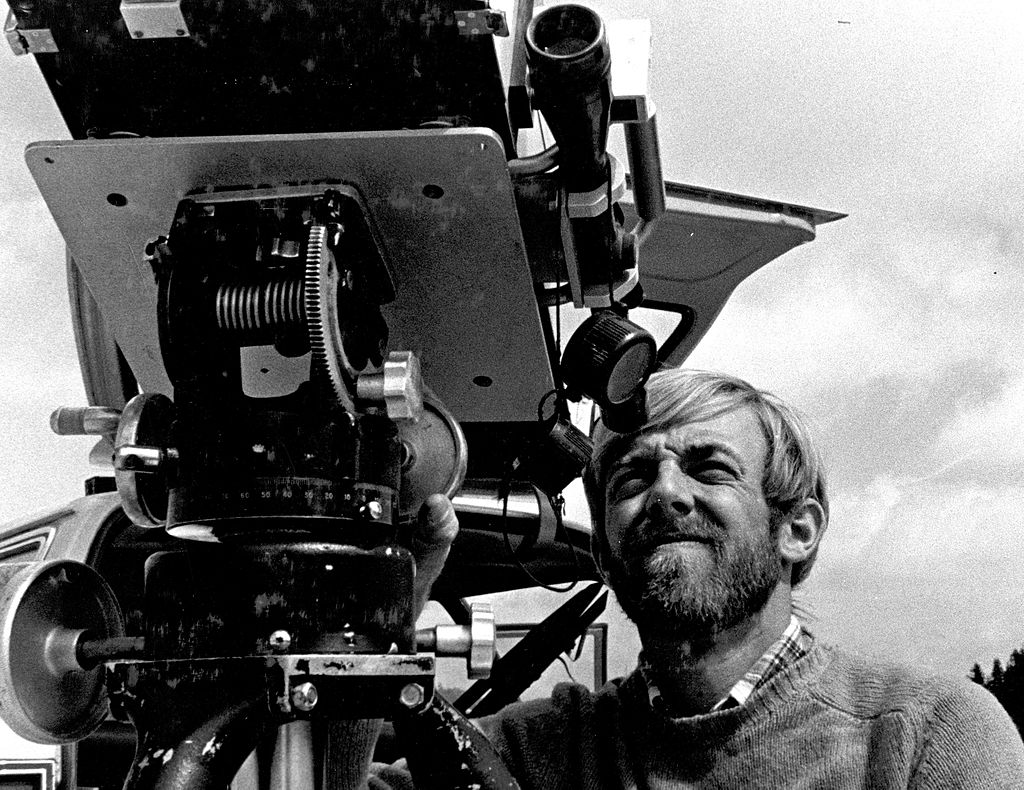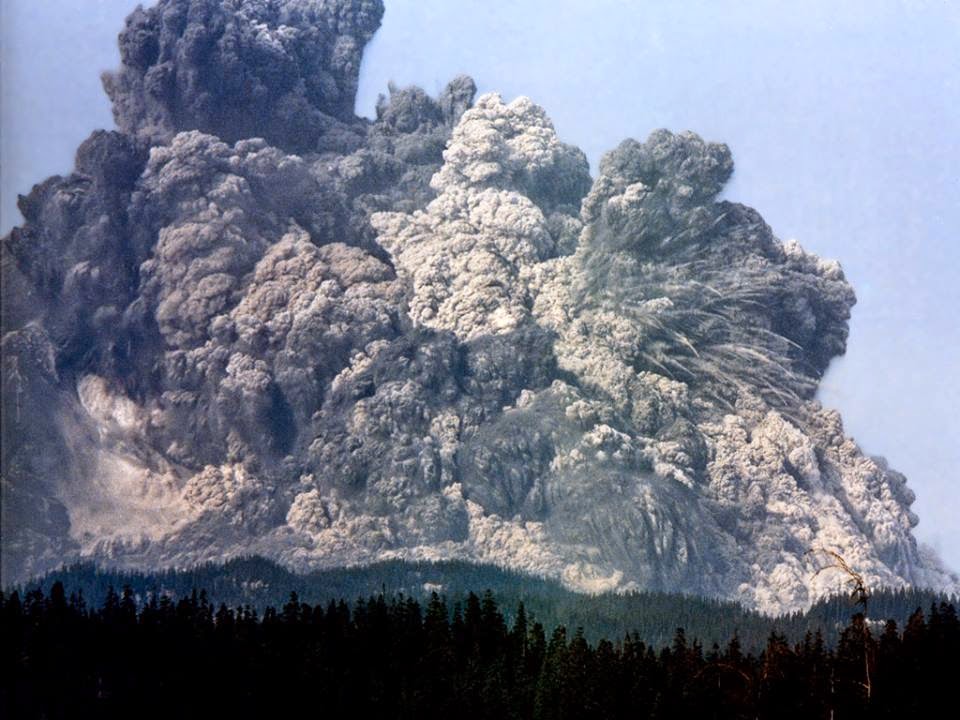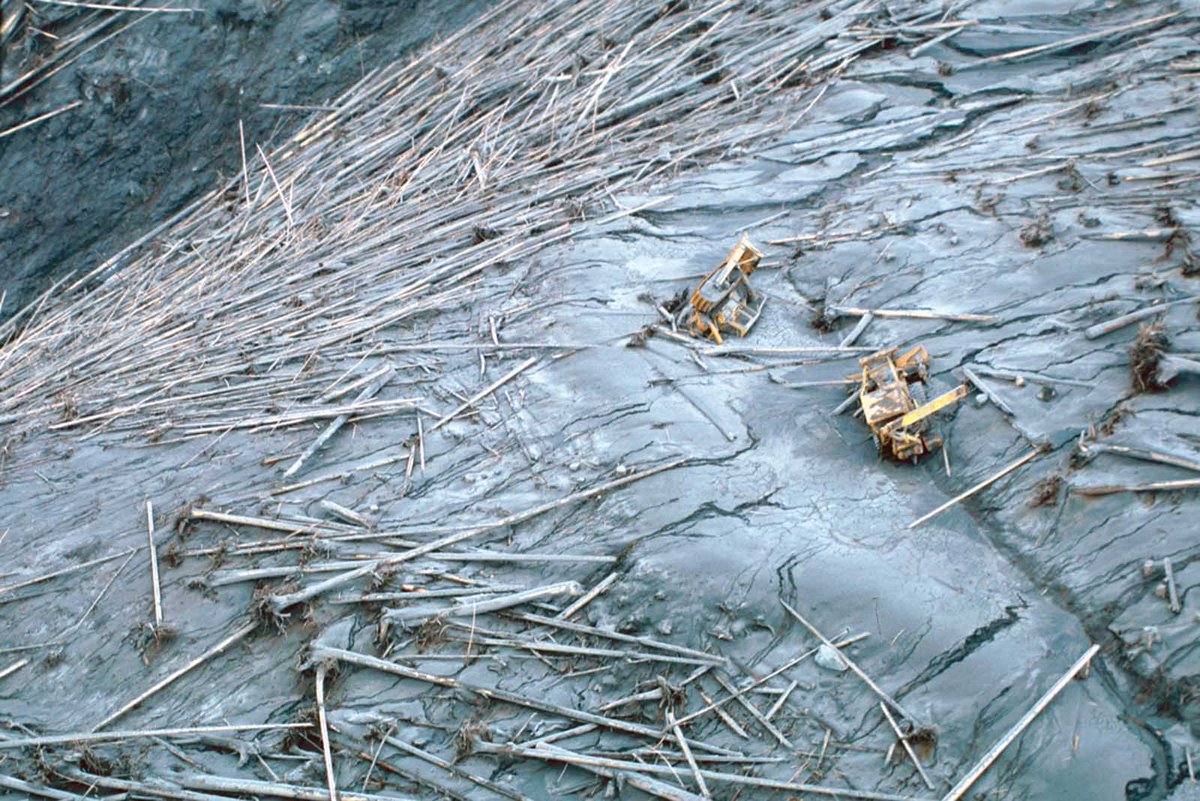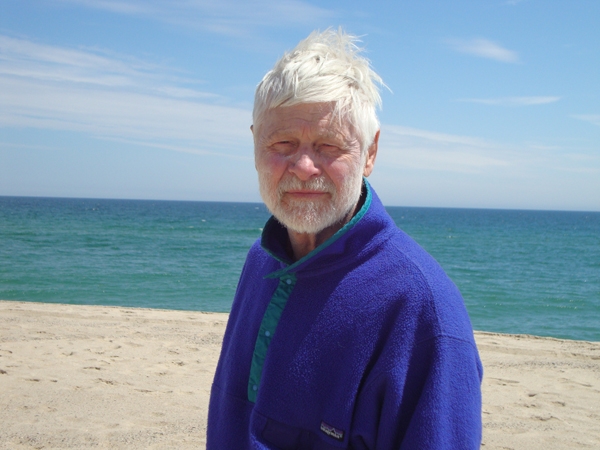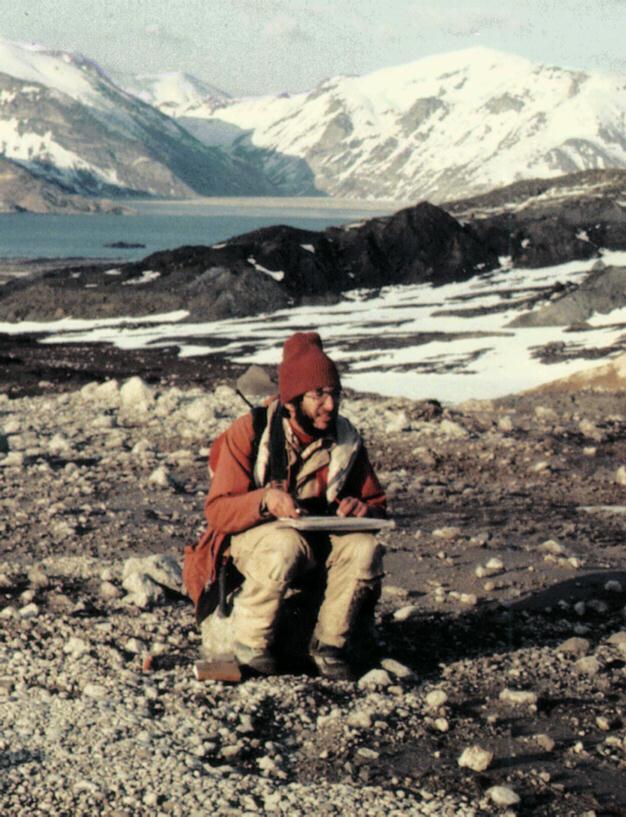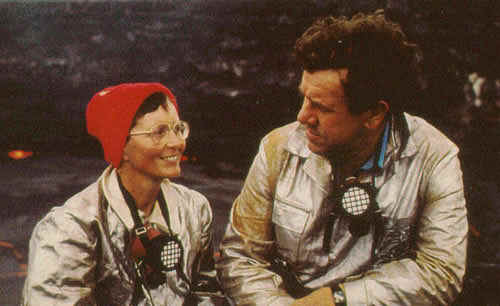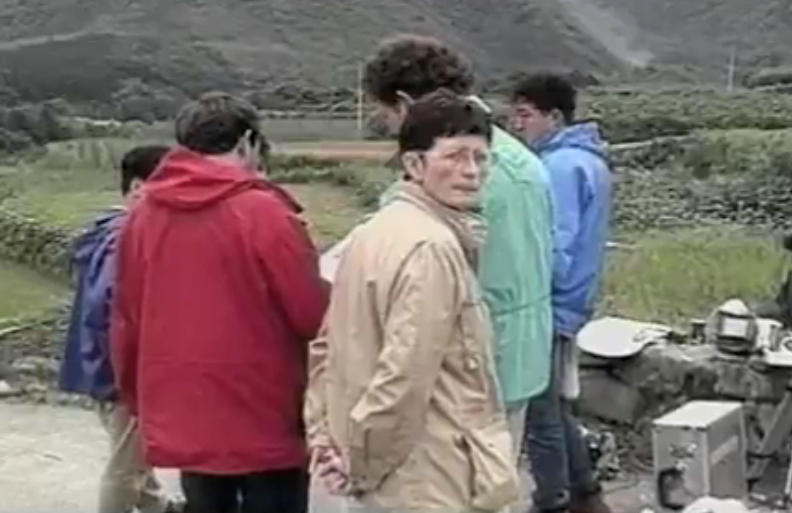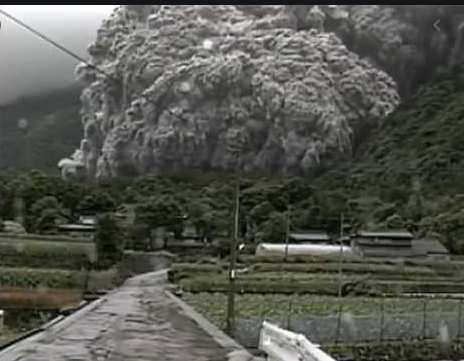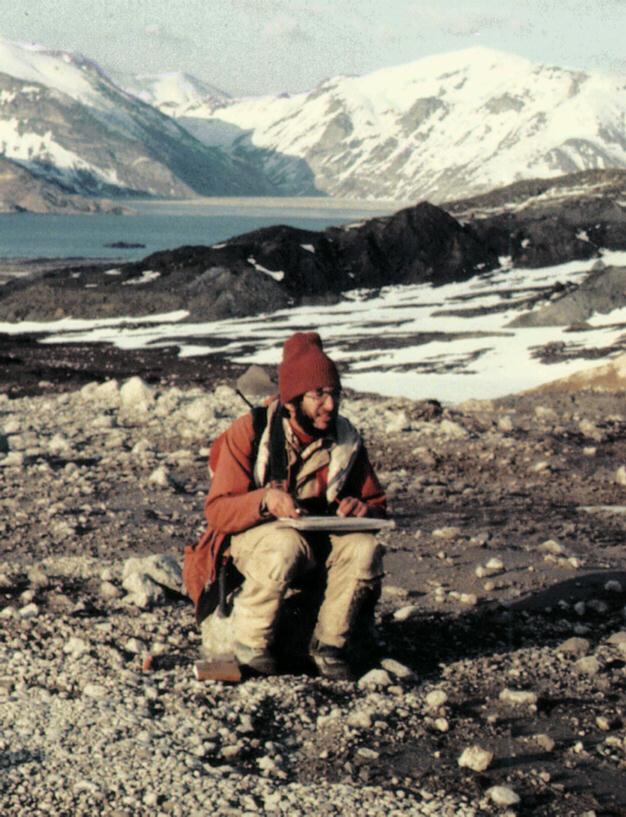Since today marks 40 years since the eruption of Mount St Helens in 1980, I& #39;d like to talk about one of the figures connected to the eruption who often goes overlooked. A volcanologist by the name of Harry Glicken (1/24)
A 22-year old grad student at University of California Santa Barbara, Glicken was temporarily hired by the United States Geological Survey, whom he deeply desired to work for full-time, in early spring 1980 to monitor the increasing activity at Mount St Helens in Washington state
Glicken joined a team consisting of Don Swanson & others to monitor the volcano. He spent 2 weeks at the Coldwater II site about 5 miles north of the volcano on Coldwater Ridge, supposedly well-clear of any danger from the volcano. This is him & #39;directing& #39; the volcano at the time.
Coldwater II provided a perfect perspective of the growing bulge on the volcano& #39;s north flank and as a result many of the photos we have of this were taken by Harry Glicken from this position.
After spending almost a week at the site, Harry was called back to California to speak with a professor about his grad work, and had to temporarily leave the Coldwater II site. His mentor and research advisor David A. Johnston stepped in to cover for him for the day.
(Technically Don Swanson should have taken the role but he had booked a meeting with a German volcanologist who was about to leave back for Germany so Swanson, meeting Johnston in the hall, asked him to take the role instead. Johnston was a cover of a cover, if just for a day.)
Johnston has some misgivings as he was more aware than anyone of the potential danger but he still believed he should be safe on the high ridge 5 miles from the volcano. Glicken took this photo of Johnston just before he left him there to go to California. It was 7pm May 17 1980.
At 8:32am the next morning (May 18 1980) a magnitude 5.1 earthquake caused a landslide on Mount St Helen& #39;s bulging north flank. The sudden release of pressure caused an immense lateral eruption as the whole side of the mountain burst northwards at speed.
Johnston up at Coldwater II had enough time to radio out the message "Vancouver, Vancouver, this is it!" before his radio went dead. Am amateur radio operator higher up the ridge reported seeing the pyroclastic flow overwhelm the CW2 camp adding "it& #39;s gonna get me too".
It did.
It did.
Glicken hurried back to the scene of the eruption, overwhelmed with panic, grief, guilt. He took 3 separate helicopter flights desperately searching for the remains of the buried and blasted Coldwater II camp without success. They found bodies elsewhere but nothing of Johnston.
Glicken refused to give in, but his request for a fourth flight was denied. A similarly guilty Swanson had to step in to calm him down.
To date, David Johnston& #39;s remains have never been found.
To date, David Johnston& #39;s remains have never been found.
Following the eruption, Glicken became obsessed with the volcano, the eruption, the collapse, and what had happened. However USGS refused to take him on to allow him to conduct his studies. Instead, he was hired by USGS member Barry Voight who was looking into volcanic landslides
Throughout the 1980s, with Voight& #39;s guidance, Glicken undertook an intensely detailed study into the debris from the eruption, modelling the structural collapse down to individual pieces of debris from huge blocks to tiny pebbles. This level of detail was unprecedented.
In spending a decade to truly understand what happened in less than a minute on May 18 1980, Glicken& #39;s work became a landmark study, and Harry became a leading world expert in the field, helping understand why tall volcanoes collapse and why they leave hummock fields like this.
Despite his pivotal findings and despite his newfound academic fame, he was still unsuccessful at getting hired by USGS. They found him weird - he was disorganised, chatty, obsessive, passionate, and eccentric, noted for zoning out when his mind got hooked on something.
Basically, his professional colleagues, especially those as USGS, tended to see him as unprofessional, despite the passion and quality of his work, and while Glicken got job offers from around the world, he was never successful at finding work with USGS.
As study of Mount St Helens died down at the end of the 80s, Glicken accepted a role at the University of Tokyo in earthquake research. While working on getting his landmark doctoral dissertation published, in 1990/1991 he became involved in research into Mt Unzen.
Unzen, a volcano on Kyushu in Japan, had been since late 1990 sporadically erupting after a long period of dormancy. Concerns prompted an evacuation of the area in May 1991 and at the start of June, Glicken joined famous French volcanologists Katia & Maurice Krafft to visit Unzen
The Kraffts Katia and Maurice had spent decades photographing and filming eruptions volcanic close up and were looking to do the same with Unzen, alongside Harry Glicken and a team of journalists and photographers, some who were there to cover the Krafft& #39;s work.
In an interview for National Geographic on June 2 1991, Maurice Krafft stated "I am never afraid because I have seen so many eruptions in 23 years that even if I die tomorrow, I don& #39;t care".
Those words proved portentous.
Those words proved portentous.
On June 2 1991, Unzen& #39;s lava dome collapsed sending a pyroclastic flow hurtling down the valley. Glicken and the Kraffts assumed they would be safe on top of a ridge but the flow was larger and faster, more intense than they had reckoned, and they were overwhelmed.
11 years after Glicken& #39;s unfortunate forced absence from his post at Mount St Helens had left his mentor David A. Johnston to die from a pyroclastic flow in a & #39;safe spot& #39; atop a ridge, Harry Glicken died the same way at Mt Unzen.
David A. Johnston and Harry Glicken remain the only two US volcanologists known to have been killed in a volcanic eruption they were studying.
Glicken& #39;s report on Mount St Helens was published in full in 1996 and has become a key text. USGS geologist Don Swanson named Harry Glicken "a world leader in studies of volcanic debris avalanches", and University of California Santa Barbara had a graduate fellowship in his name.

 Read on Twitter
Read on Twitter
